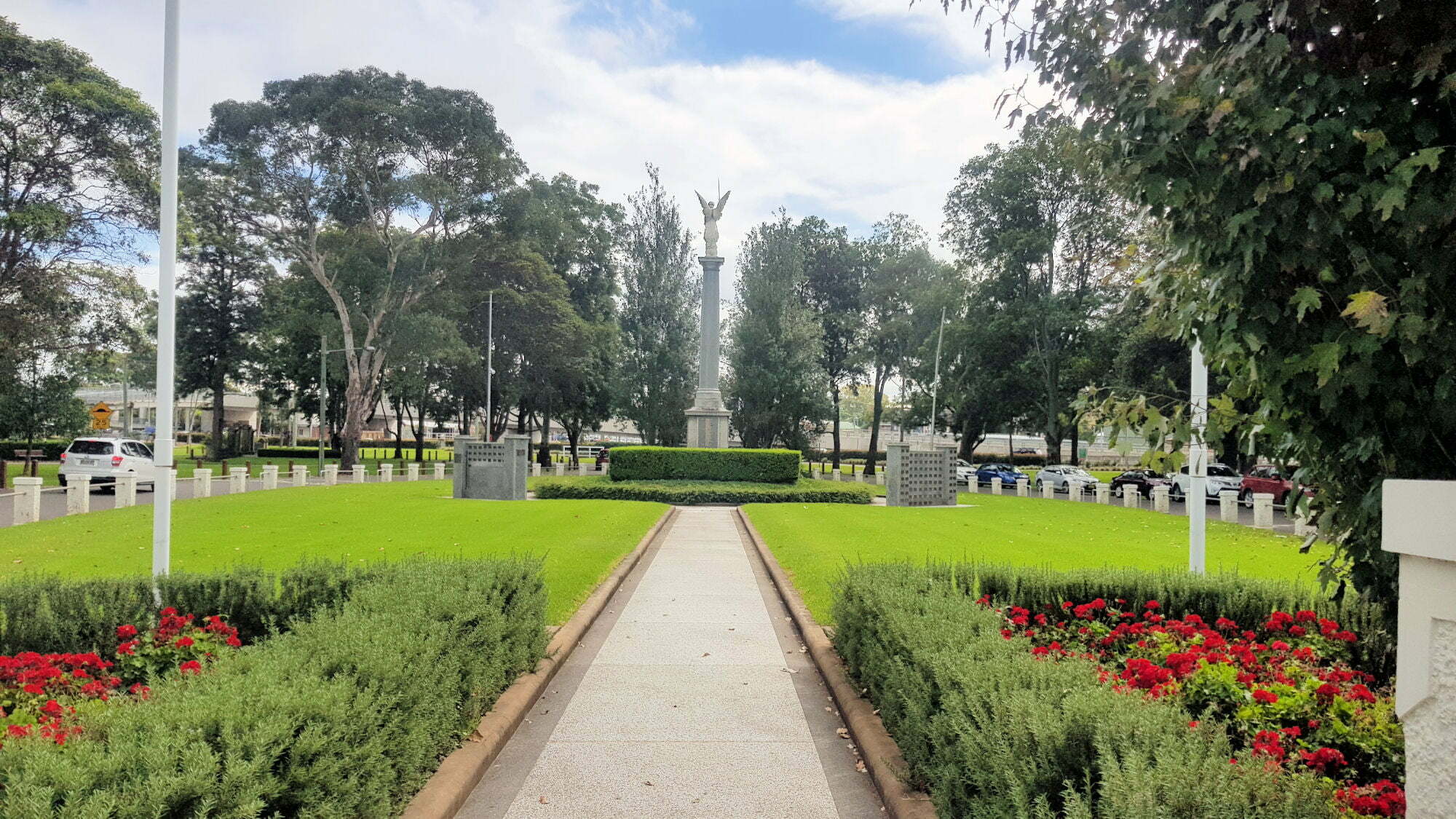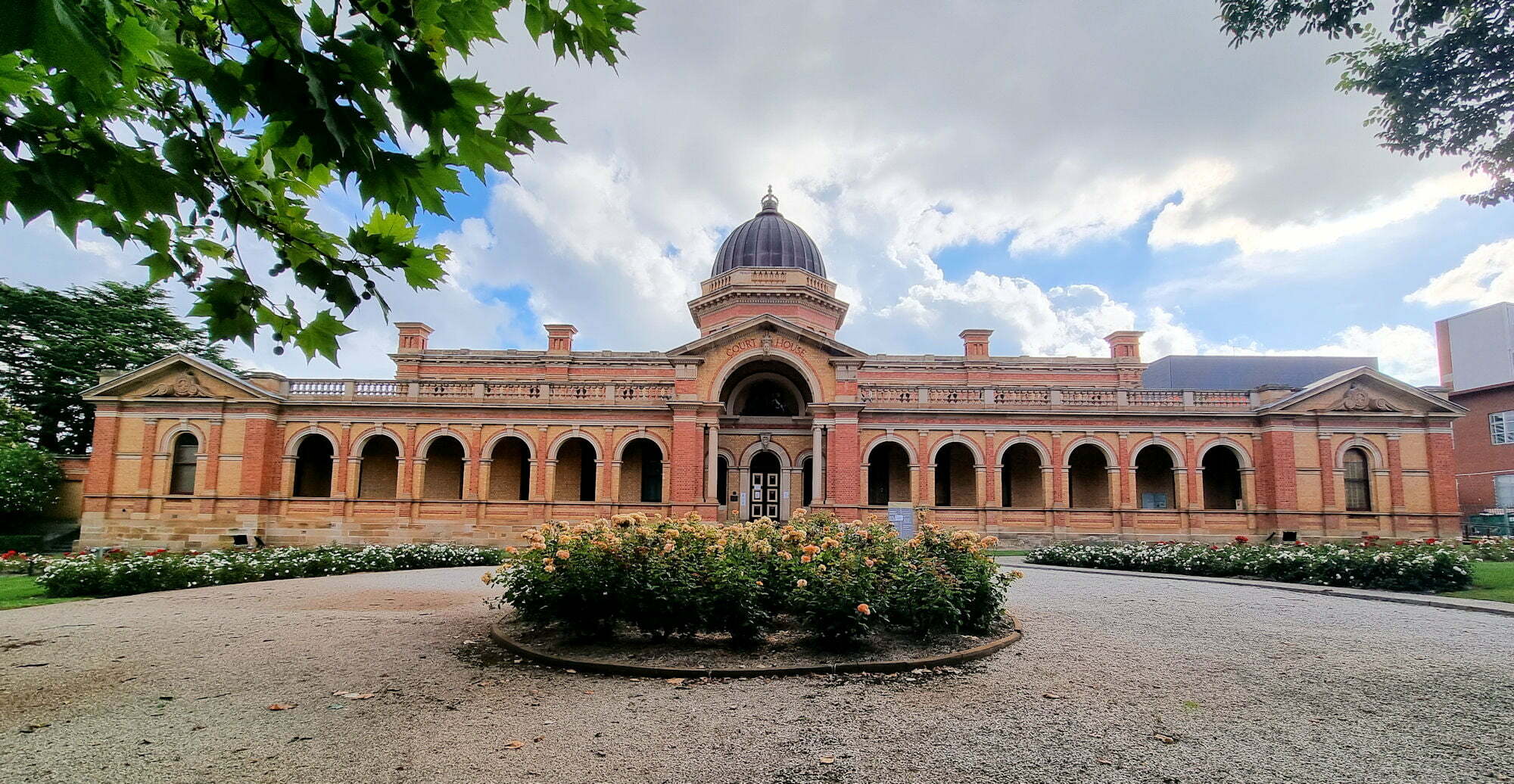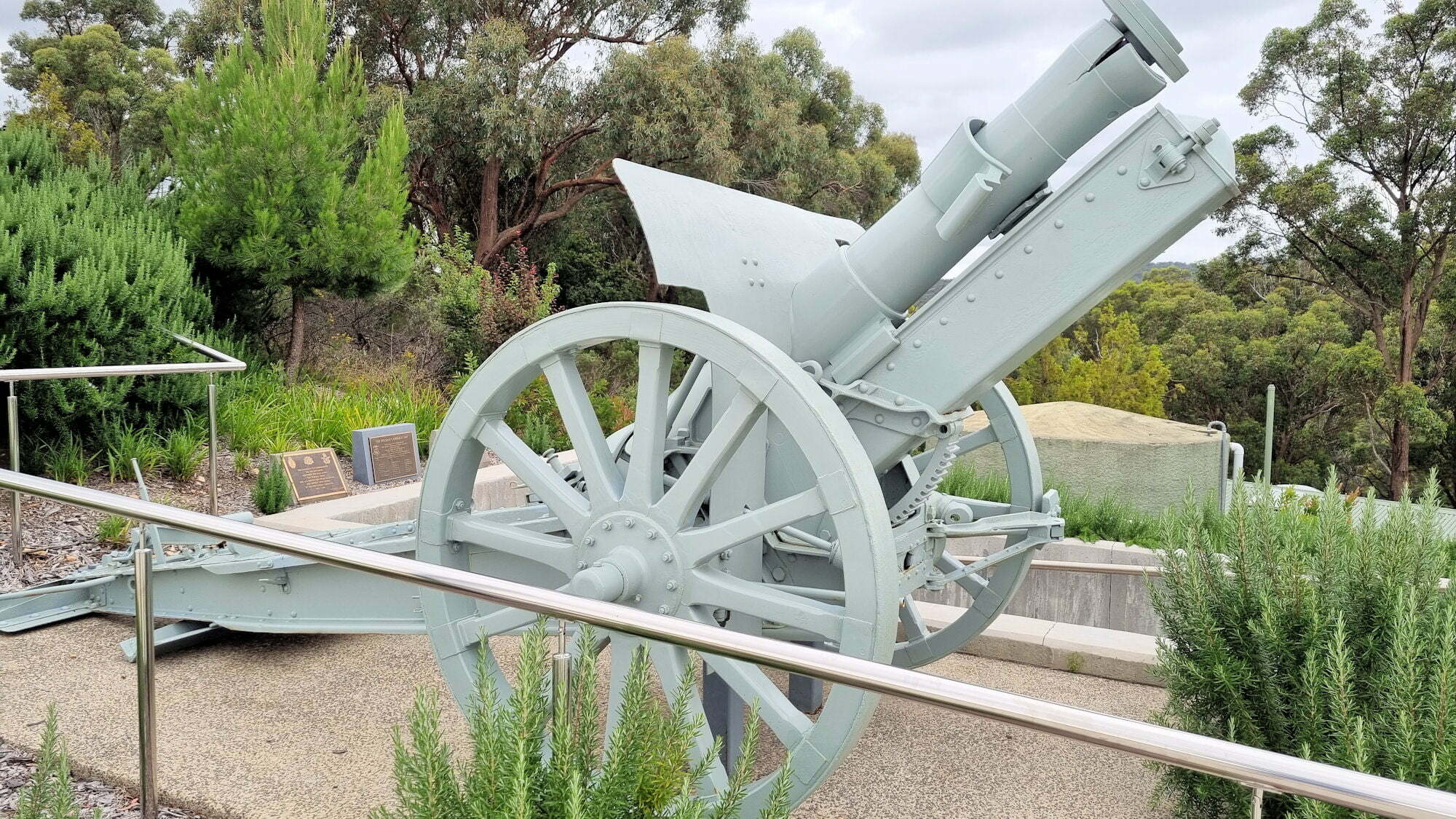Category: Military Memorial
-
Maitland Park

Maitland Park The centre for local outdoor sports like football, netball cricket and hockey, Maitland Park also has some interesting memorials scattered around its grounds. Located in the New South Wales Hunter Valley two hours north of Sydney, plenty of parking makes access easy. St. Pauls’ Church The largest place of interest was the old… Read more
-
Goulburn New South Wales Australia

Goulburn New South Wales Australia Established in 1833, Goulburn New South Wales is 195 km south-west of Sydney and 90 km north-east of Canberra. It was declared Australia’s first inland city in 1863. To get to Goulburn, you can travel by train on NSW CountryLink services or by coach. It is approximately two hour’s drive… Read more
-
Rocky Hill War Memorial and Museum

Rocky Hill War Memorial and Museum Perched on top of a hill, the Rocky Hill War Memorial and its associated Museum is very different from most memorials we have seen around Australia. Overlooking Goulburn in New South Wales, this 10.5m tall tower was opening in 1925 to commemorate all those who served in the First… Read more